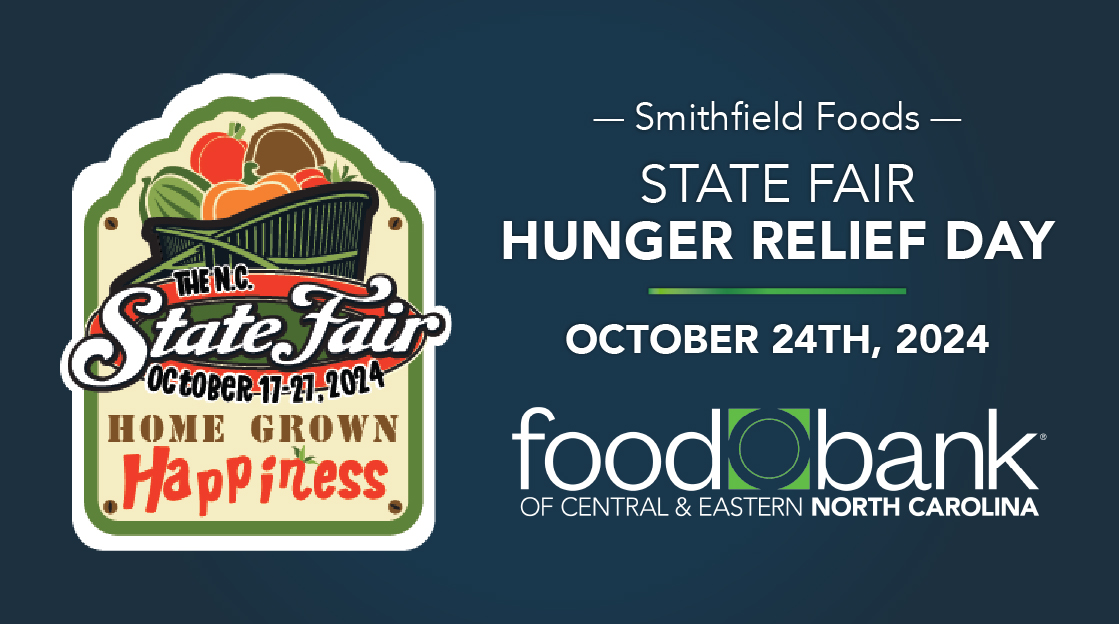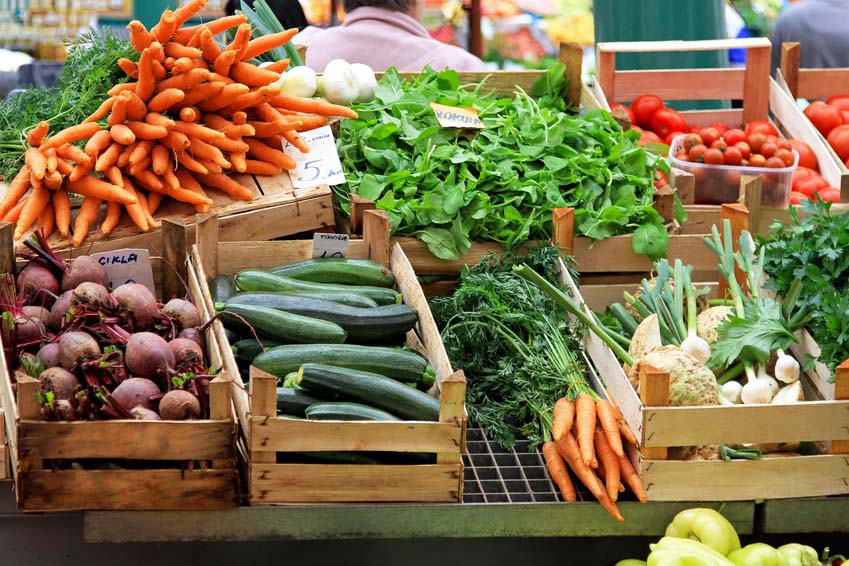March is Women’s History Month – a time to honor and celebrate women’s achievements and contributions to American History. Focusing on individual achievements in arts and sciences, however, ignores the gender economic inequality at the root of food insecurity and poverty women face. These policies and practices impact women at higher rates than their male counterparts. By understanding the roots of hunger and its impacts on women and their families, we are better able to do something about it.
Women and Food Insecurity
Women, especially single mothers, are more likely to face food insecurity than their single male, cohabitating, and married counterparts. According to the USDA’s most recent data on food insecurity, 12.8% of U.S. households experienced food insecurity in 2022. Single women with children accounted for 24.3% of these households, while women living alone accounted for 13.2%. These numbers are higher for women of color.
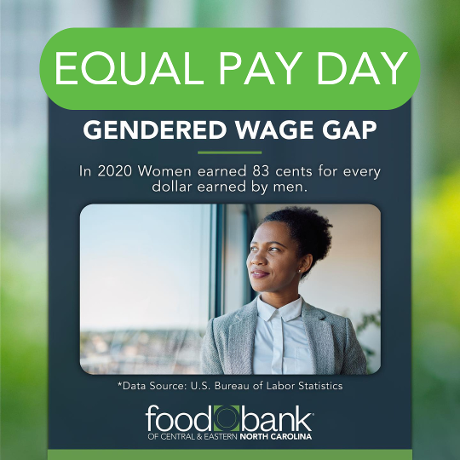
At the root of these statistics is the gender wage gap. In the U.S., women who work full-time, year-round, earn 84 cents on the dollar compared to men. When part-time workers are added to the statistics, women earn 78 cents on the dollar. More than two-thirds of single mothers work full-time and earn $17,000 less than their male counterparts each year. Yet, they are the breadwinners for 80% of single-parent households.
Women also assume more of the care-giver responsibilities than their male counterparts not just for children but also for parents and other family members. In addition to the gendered wage gap, women also experience economic hardship related to:
- The pink tax, which refers to the up to $18,000 the average woman will spend on feminine hygiene products during her lifetime.*
- While government-funded programs provide some support for childcare costs, essentials such as diapers and wipes are not covered. This does not include the 11% increase in the cost of baby food in 2022.
- Women’s healthcare costs also outpace that of their male counterparts. Women ages 18-44 spend close to 48% more on healthcare than men.*
Women Filling the Need in Central & Eastern North Carolina
The Food Bank serves one of the best places to live in the United States. However, hunger impacts more than 600,000 households, 1 in 7 of those being children, in our region. Across our 34-county service area, women leaders and their communities are sharing food from their farms and offering meals to those who are food insecure.
Dawn Ellis is the founder and executive director of Share the Table, which provides meals to individuals and families facing hunger. The organization’s Meals Until No Child Hungers (MUNCH) program supplies food to students in the Topsail Beach area.
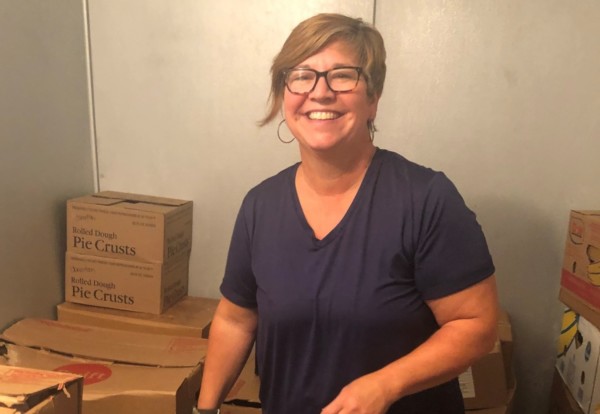
Ellis adds, “I think it’s important to show and be an example of what it means to be a leader in the community. My work is less about providing assistance but more about encouraging and empowering our community.”
At her church in Onslow County, Rev. Barbara Hubbard recognized that some of her congregants were in need of food. She began delivering food to 20-25 households each week. As the needs in her community grew, Hubbard expanded her distribution to households across the county with the help of more than 20 volunteers and a partnership with the Food Bank.
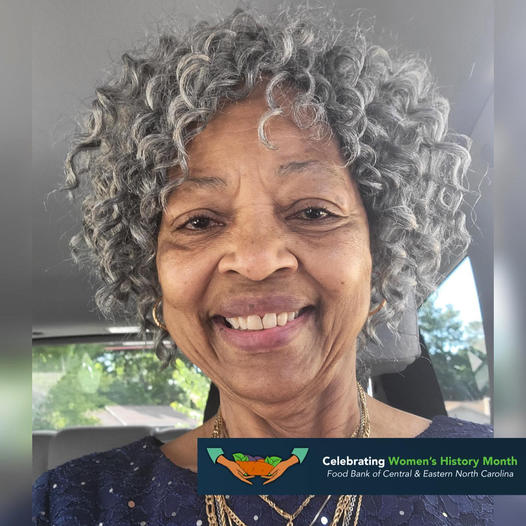
For Rev. Hubbard, serving her community an important part of her civic duty.
“For me, it’s a special calling that gives me opportunities to minister to my community inside and outside of the church’s four walls. I don’t take this for granted,” she said.
Addressing Food Insecurity
To solve food insecurity and its overwhelming impact on women and children, we must understand the policies and practices, including gender inequality and the gender wage gap, that contribute to hunger and poverty.
March 12 is Equal Pay Day, and we encourage you to learn more about the issues facing women and their children. Below are links to more information about gender inequality and the role it plays in creating food insecurity. Thankfully, the Food Bank has partners like Share the Table, St. Julia AME Zion Church, and more that are working together to nourish women and build solutions to ultimately ensure no one goes hungry in central and eastern North Carolina.
Want to take the next step to provide needed food to women in our area so they can begin to rise out of food insecurity? Thanks to our generous partners, monetary donations are being matched this month. That means making a donation today can double the impact in the lives of women in our community.
Why women are especially vulnerable to facing food insecurity
*Data source: National Organization of Women
**US Department of Health and Human Services




